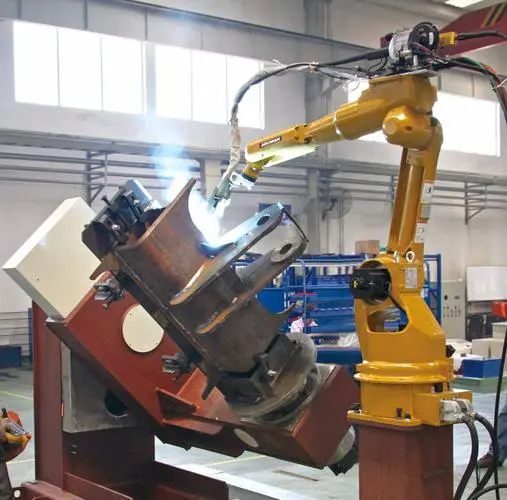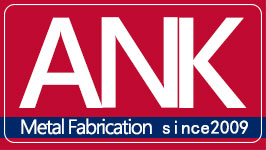Welding is a metal joining process that has been used for centuries to join metal pieces together permanently. It involves melting and fusing two or more metal pieces together using heat and pressure to create a strong bond. Welding is used in various industries including construction, automotive, aerospace, and manufacturing among others. The process of welding involves several steps. First, the metal pieces to be joined are prepared by cleaning and shaping them to ensure a proper fit. Then, a heat source is used to melt the metal at the joint. This can be achieved using various methods such as electric arc, gas flame, or laser.
Welding Capabilities

Once the metal is melted, a filler material may be added to strengthen the joint and ensure a smooth finish. The filler material is typically made of the same metal as the pieces being joined or a compatible alloy. As the melted metal cools, it solidifies and fuses the pieces together, creating a permanent bond.
There are various types of welding, including MIG (Metal Inert Gas) welding, TIG (Tungsten Inert Gas) welding, stick welding, and flux-cored welding, among others. Each type of welding has its own advantages and disadvantages and is used for different applications depending on the specific requirements of the project.
Welding requires specialized equipment and training to ensure safety and accuracy. Protective gear, such as helmets and gloves, must be worn to prevent injury from the intense heat and bright light produced during the process. Additionally, proper ventilation and fire safety measures must be taken to prevent accidents.

